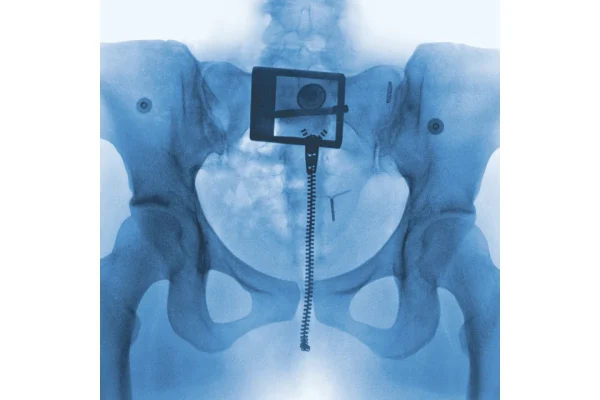Political Focus: Legalization day — how our neighbors to the north made marijuana legal
The entire country of Canada celebrated the national legalization of marijuana on Wednesday, Oct. 17, as the first major world economy and the second country behind Uruguay to do so.
The drug had been only technically illegal for the past few months, as the Canadian government was loath to punish any businesses too severely with legalization coming so soon. But now all state-approved vendors are able to open their doors officially to consumers. How has this national experiment gone so far, and what does this mean for recreational marijuana in our own country?
A survey done by researchers at Dalhousie University in Halifax, Nova Scotia found that about 68 percent of people across Canada support the weed legalization, most of that support coming from British Columbia and Ontario. This statistic is almost exactly mirrored in a Pew Research Center study done on Oct. 8 that found about 62 percent of Americans say the use of marijuana should be legalized, a statistic that has been steadily increasing over the past decade. The promise of legalization for Canada basically began when Prime Minister Justin Trudeau was elected in 2015, but no such national movement exists in any relevance in the United States.
Instead, the U.S. has been placing this power in the hands of individual states, which has led to a messy process of understanding where and how marijuana can be legally obtained. Michigan promises to join the growing list of states where it is legal with Proposal 1 on this November’s ballot, but the issue of national control of this substance has not even been scratched. In Canada, this process was reversed, with the national government laying out a skeleton for provinces to build their own regulations upon.
So, just a few days after legalization, is there any takeaways we can see from Canada’s approach? Demand was understandably high, with the substance being so recently illegal. This meant that stock market values for marijuana have been fluctuating wildly in what is being called the “green rush,” the initial projected estimates for this industry somewhere in the ballpark of 5 billion U.S. dollars. Retailers have already began to run out of stock, and with demand so high in such a short amount of time, suppliers have no time to catch up.
Aside from the economic concerns, there are some that are worried that the effects of cannabis have not been shared enough with the public. In an interview conducted by the New York Times, Dr. Bernard Le Foll expressed his concern that “it took decades for the public to understand the risks of cigarettes, and the legalization of cannabis has taken place only over a few years.”
Despite these concerns, public support for this decision has been overwhelmingly positive. Prime Minister Trudeau even promised recently that minor offenses of marijuana possession would be pardoned, a sentiment that is also seen in arguments for legalization in the U.S.
As far as national legalization in our own country, it seems that the state level changes are the way we are attempting to remedy this law. The process might not seem as pretty, but neither system of change is perfect. Legal marijuana is still young, and we can learn much from our neighbors to the north.
But for now, if you want to make a difference in this decision for our own state, vote on Proposal 1 on your Nov. 6 ballot.







